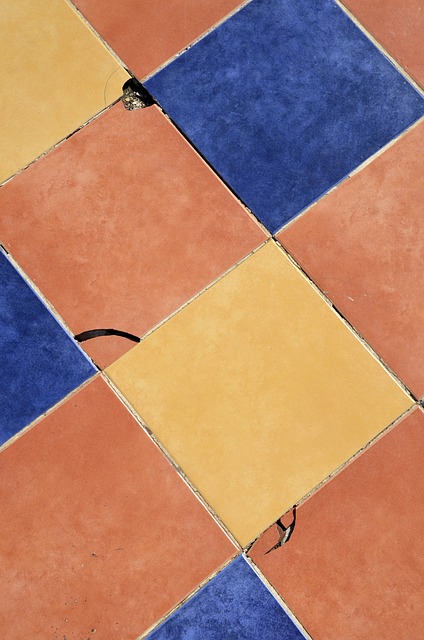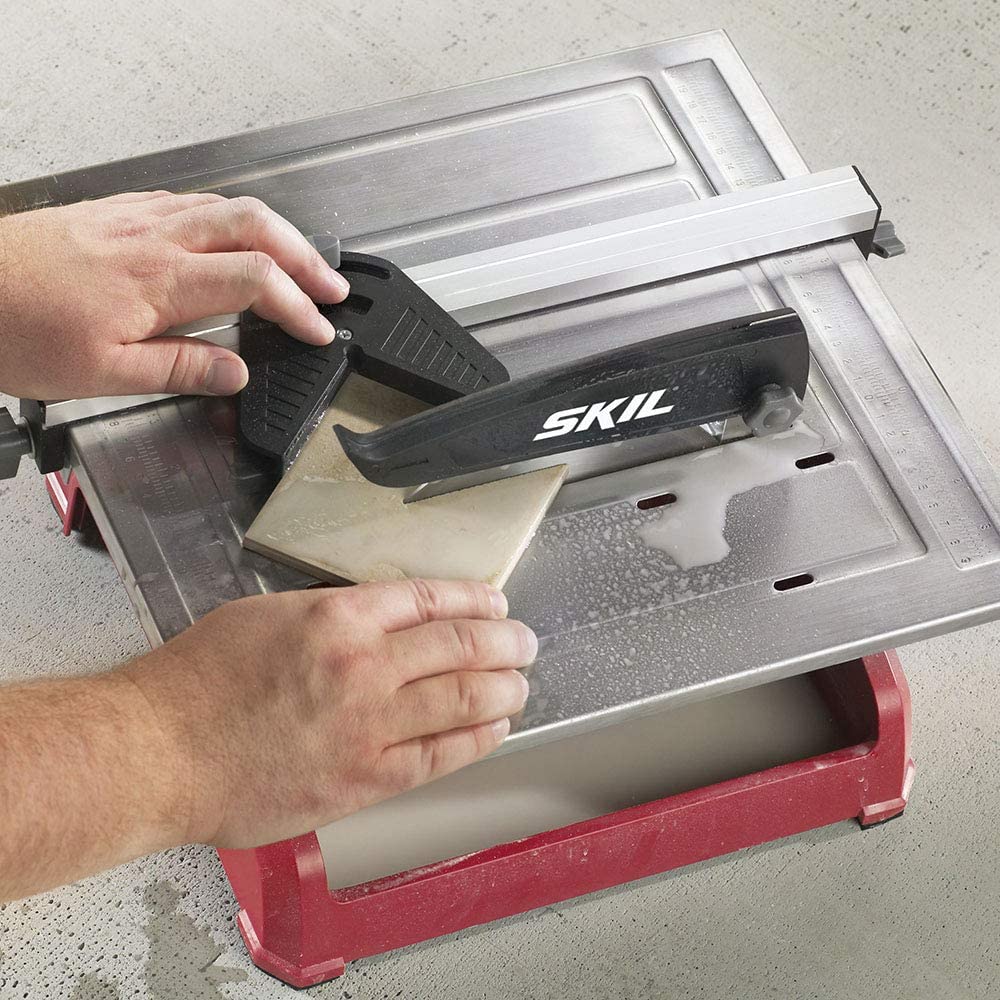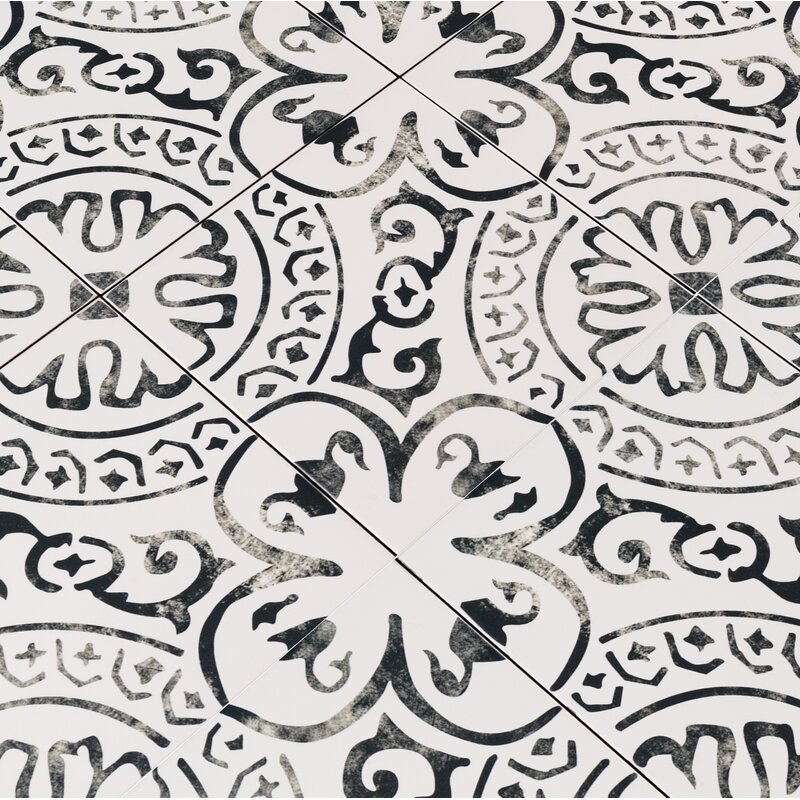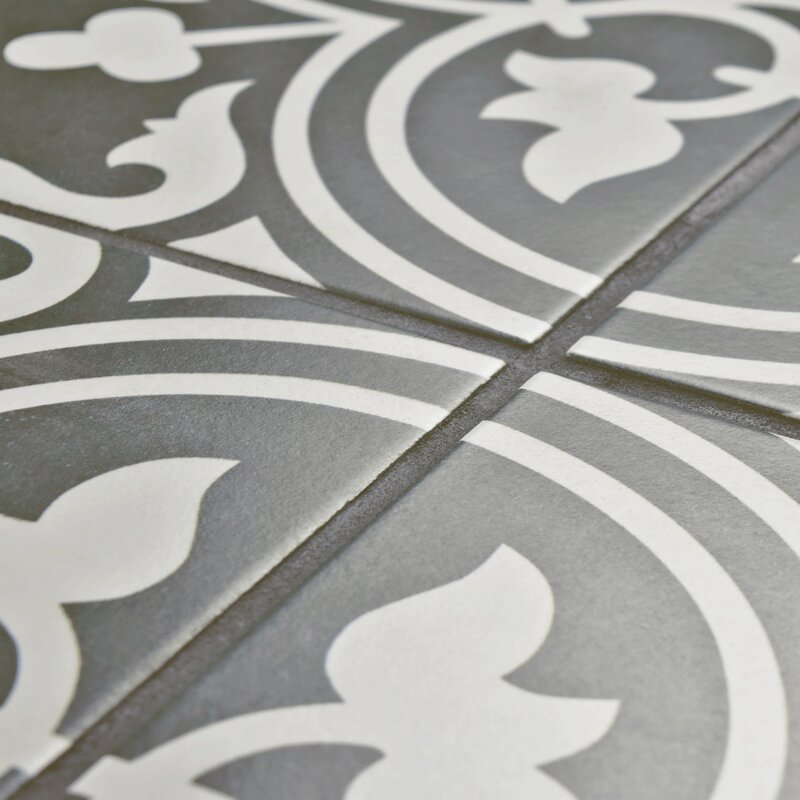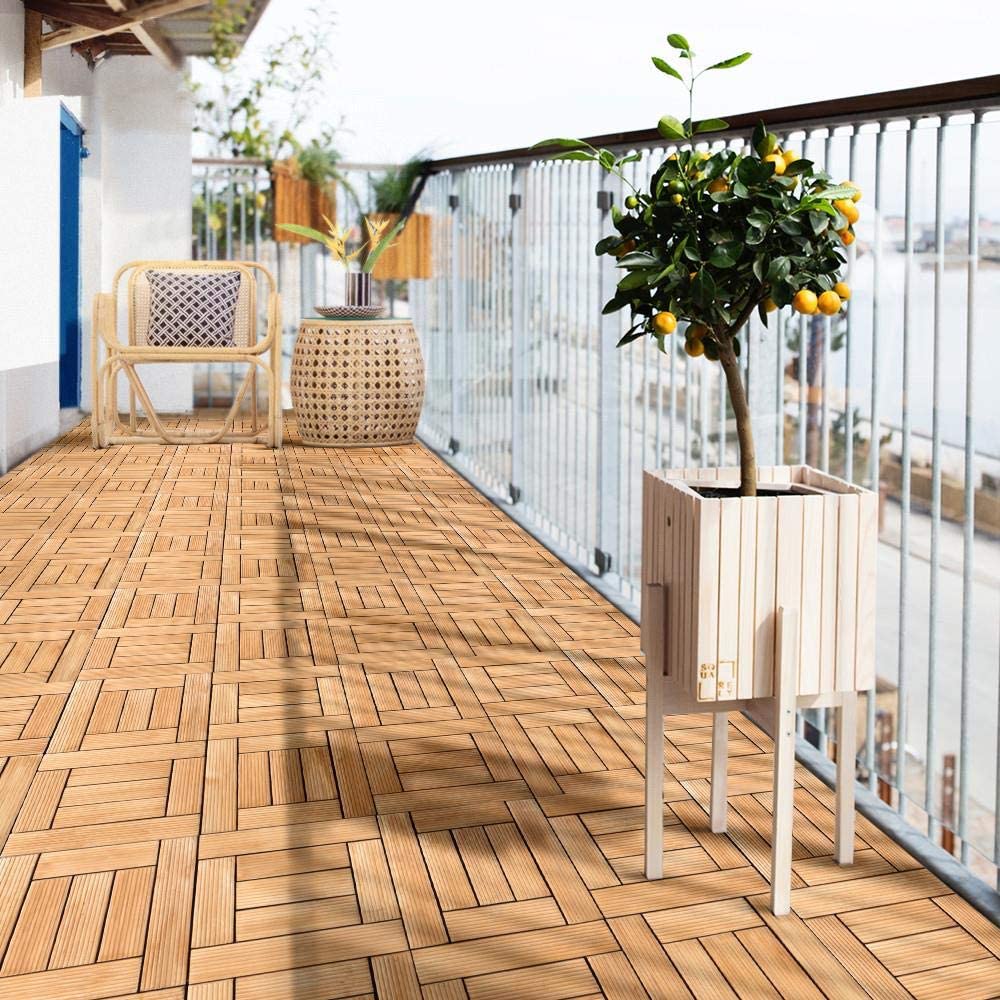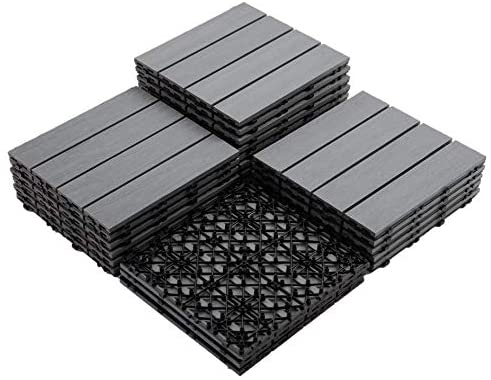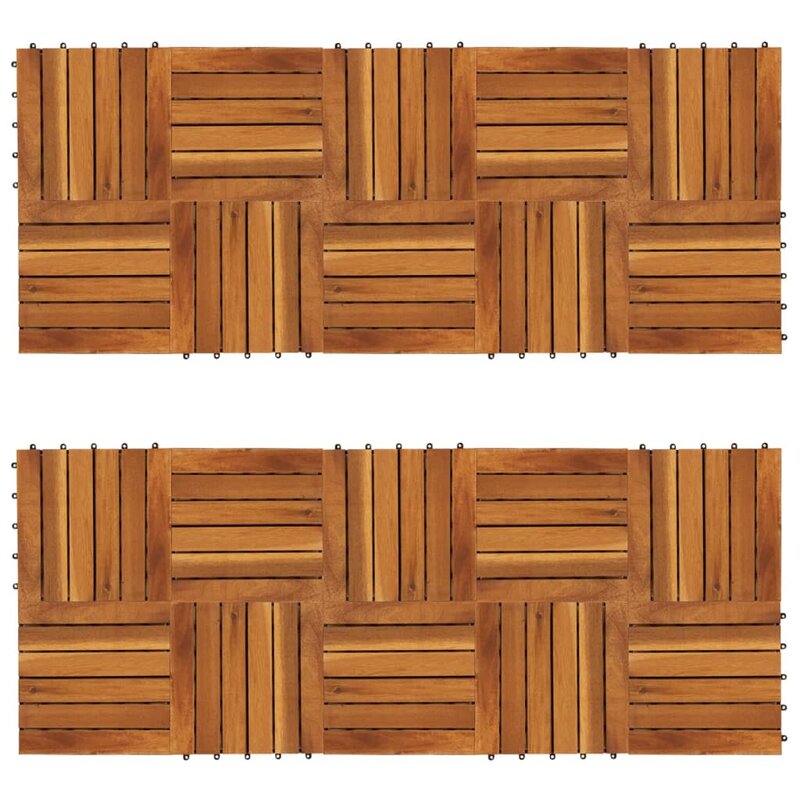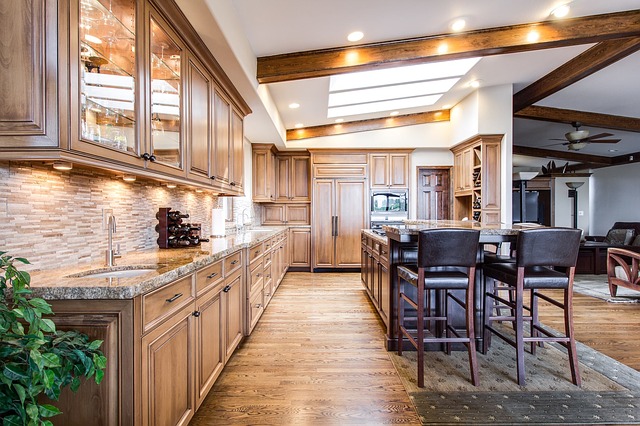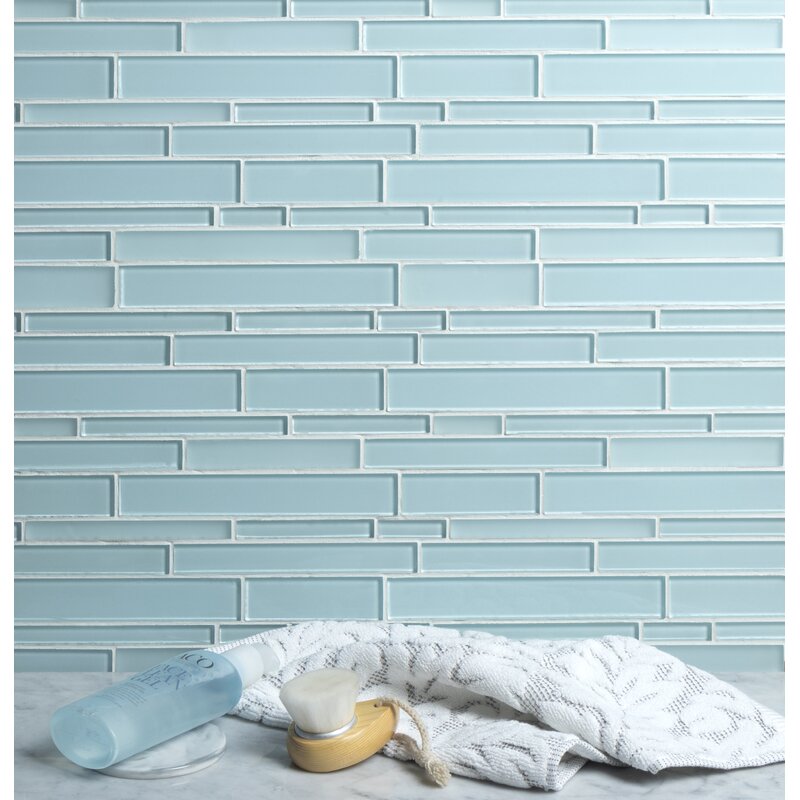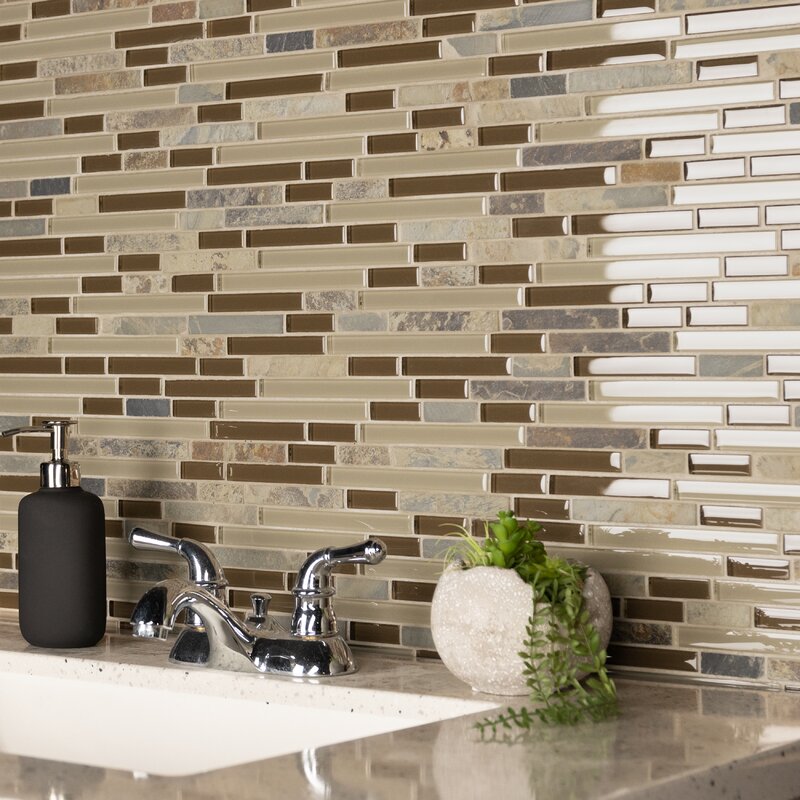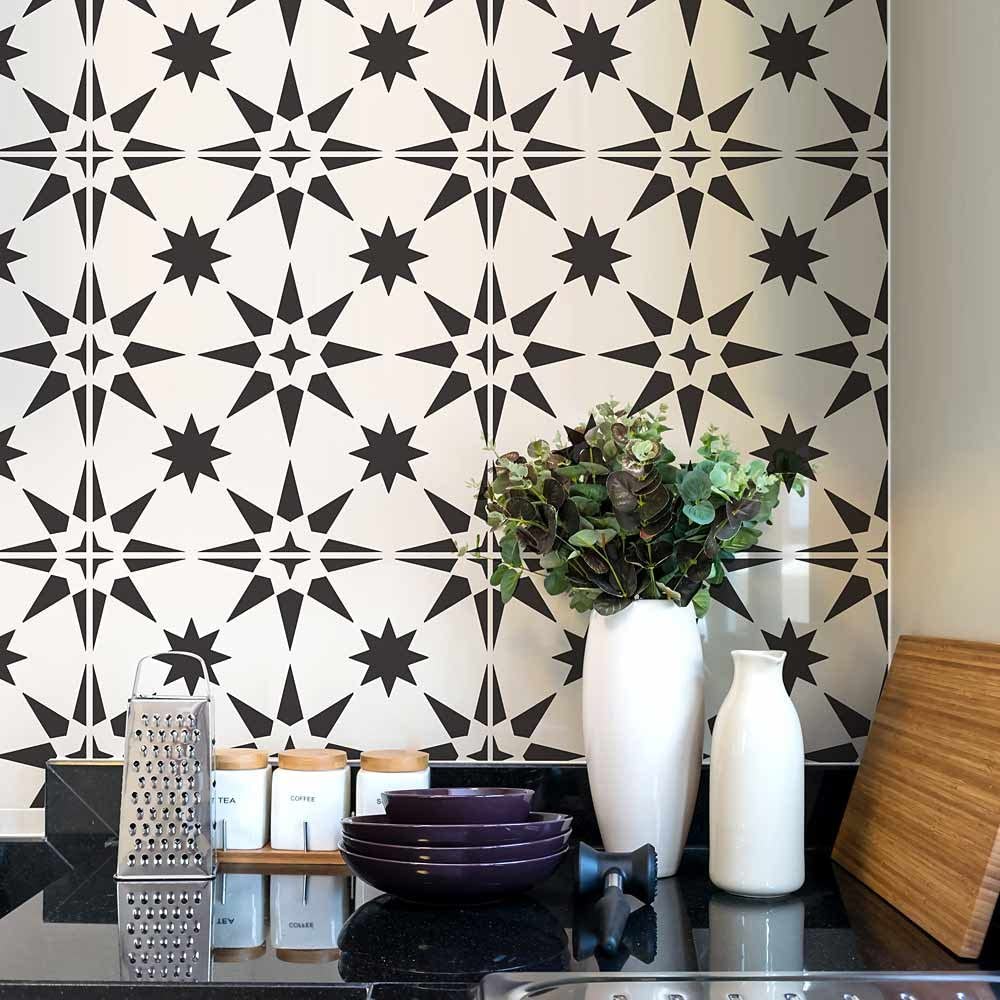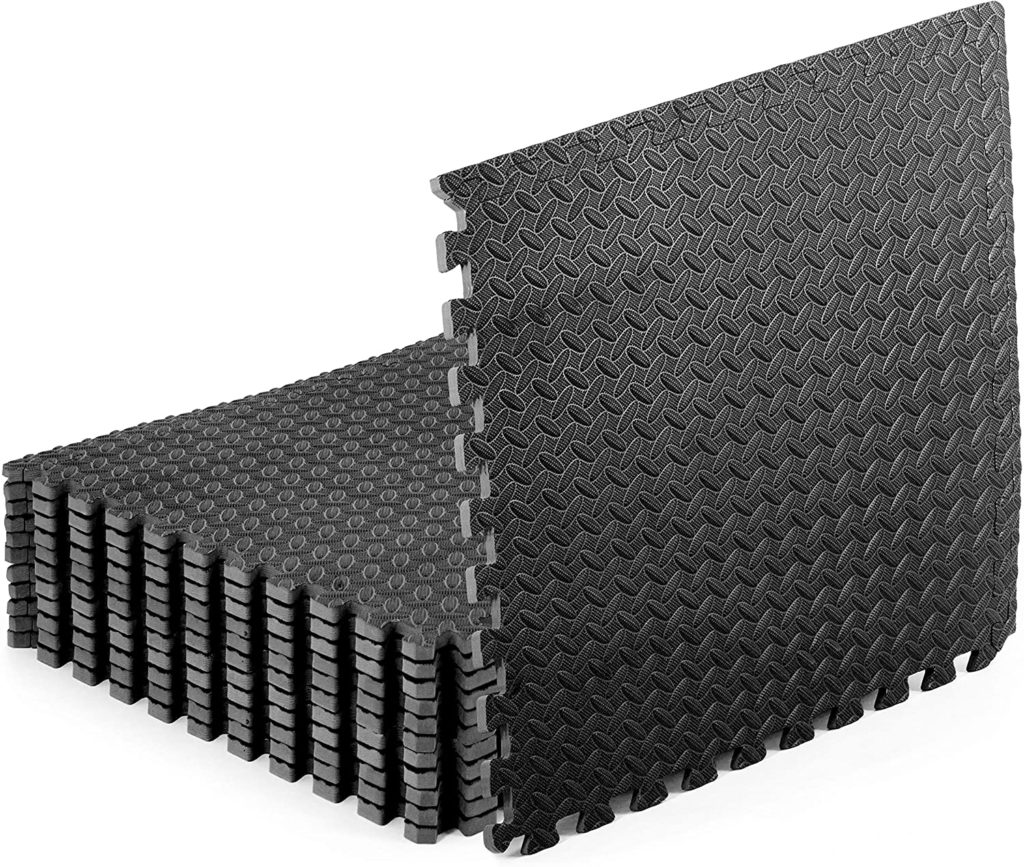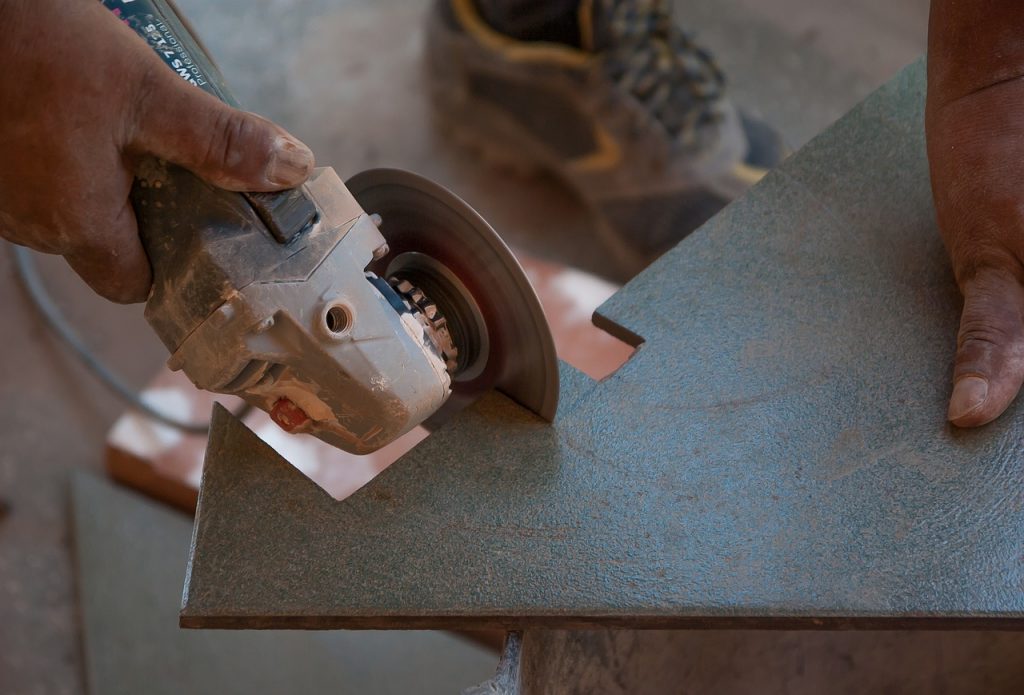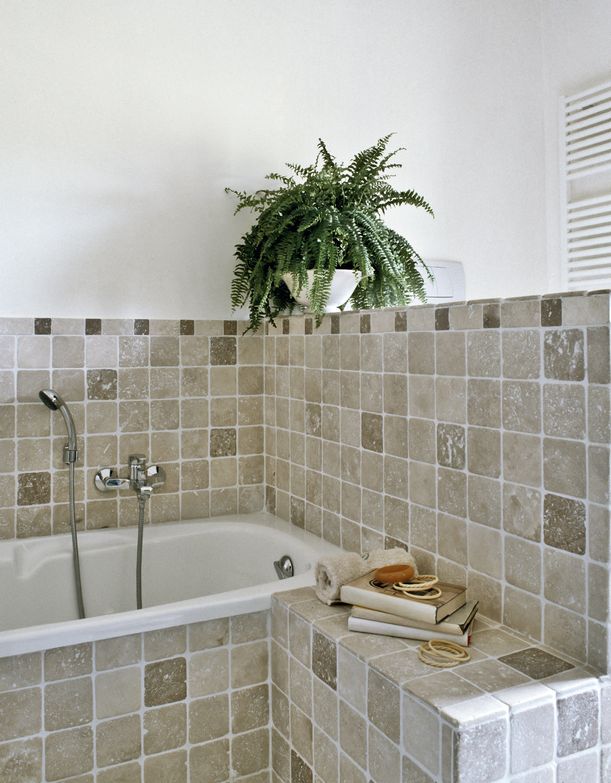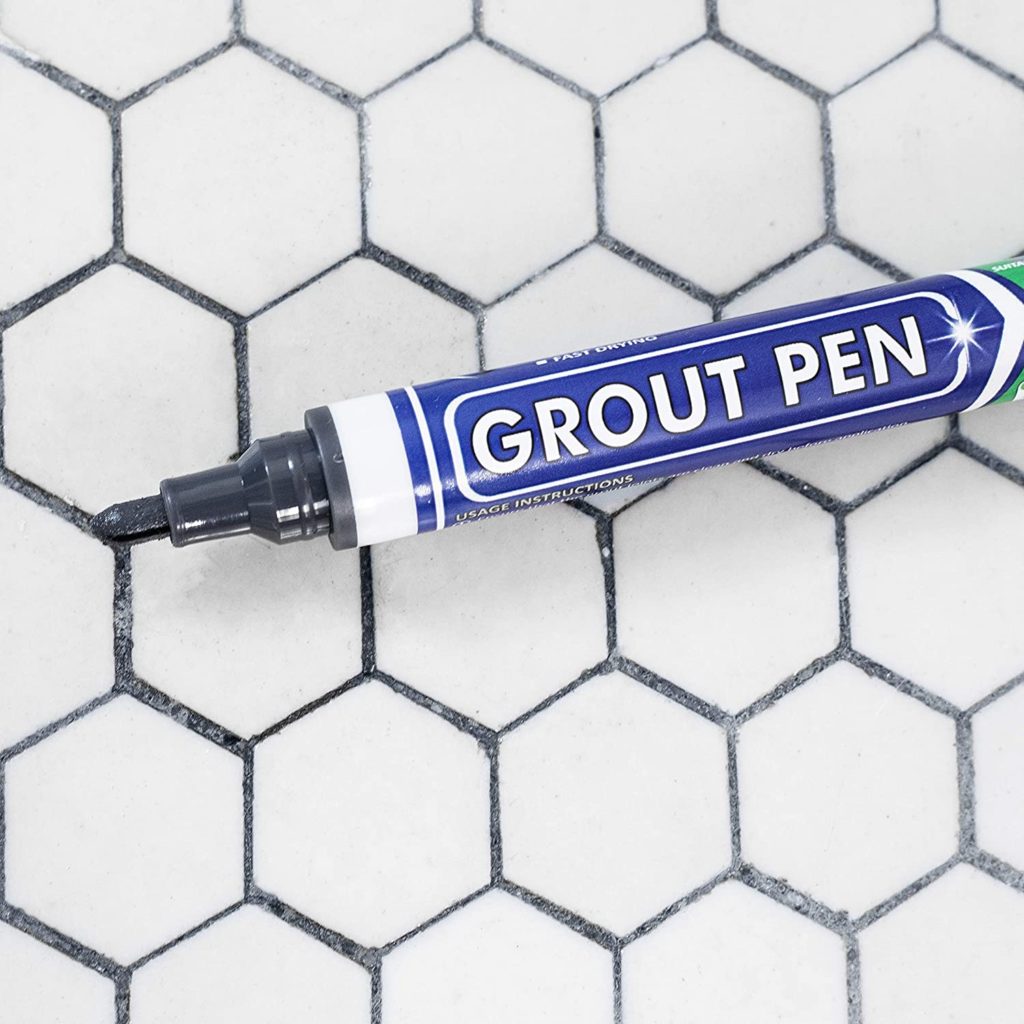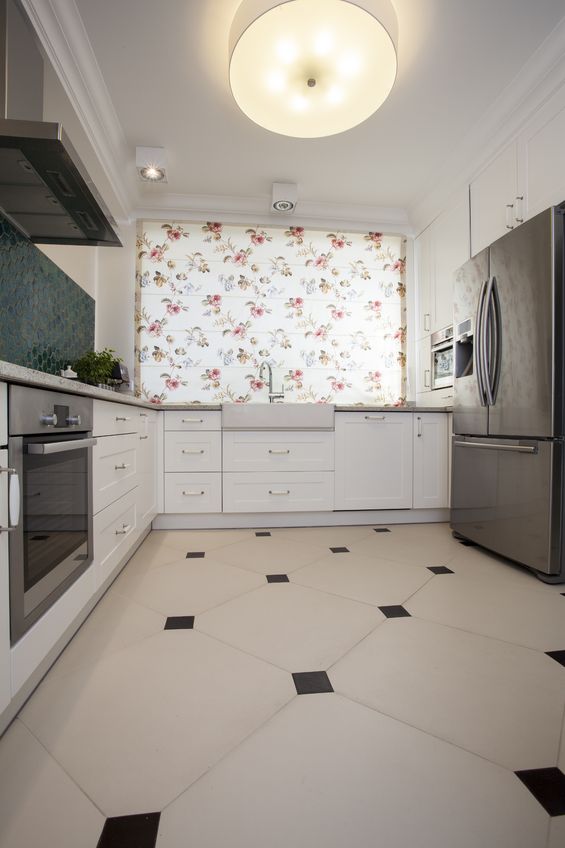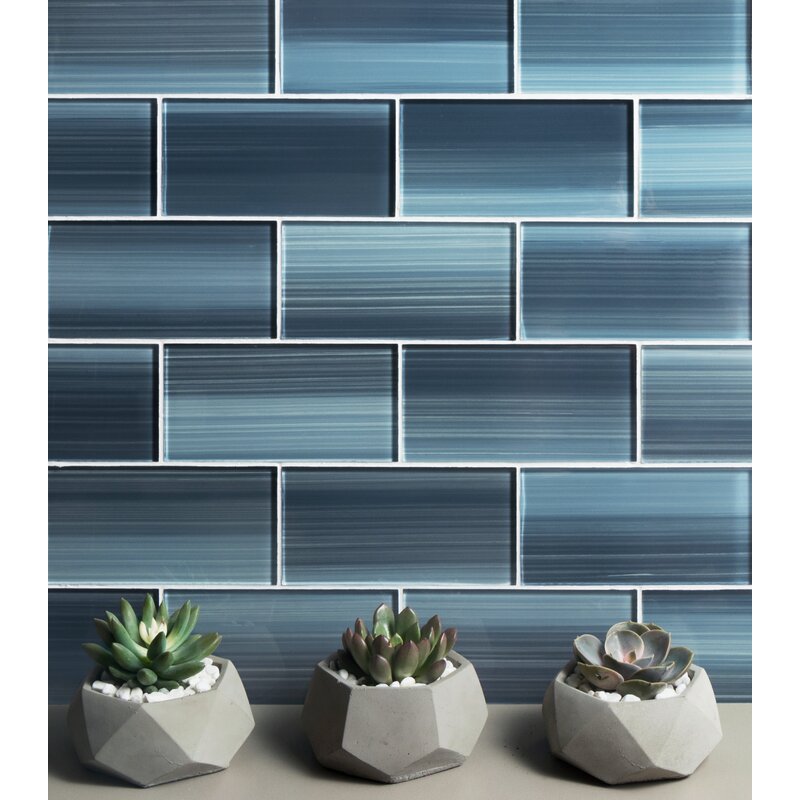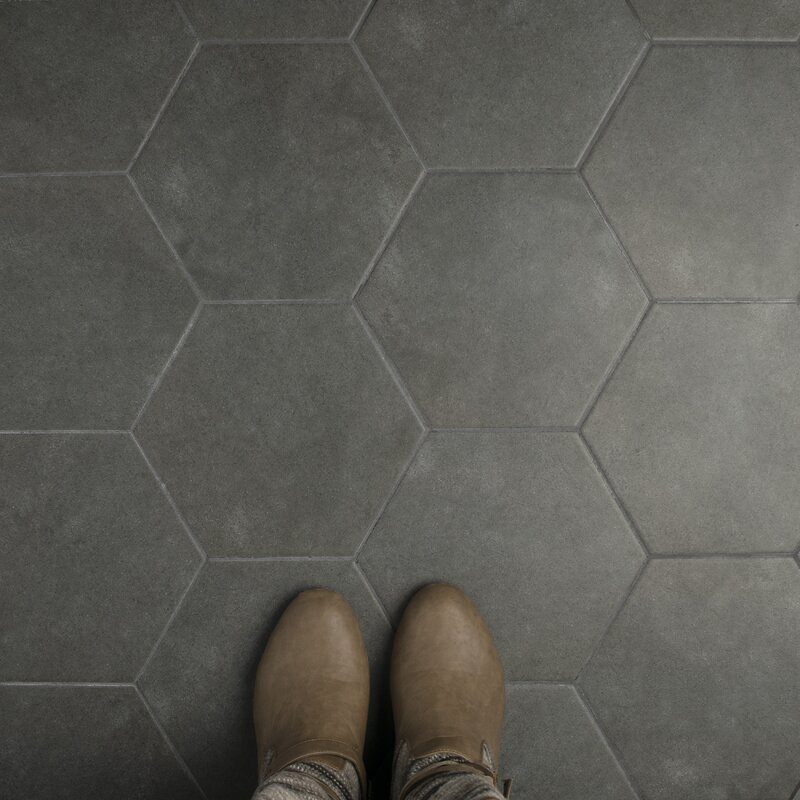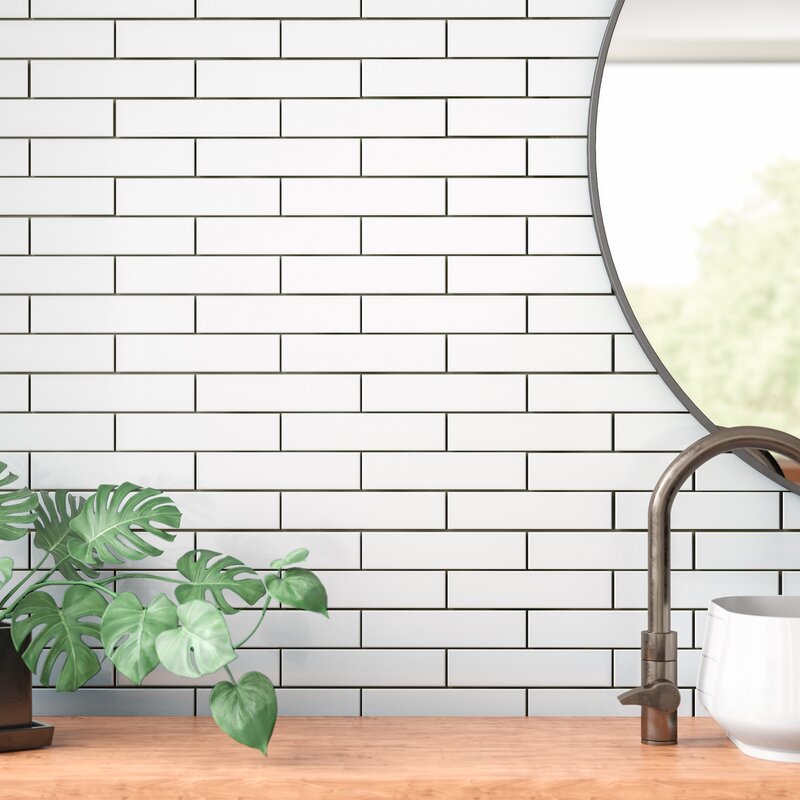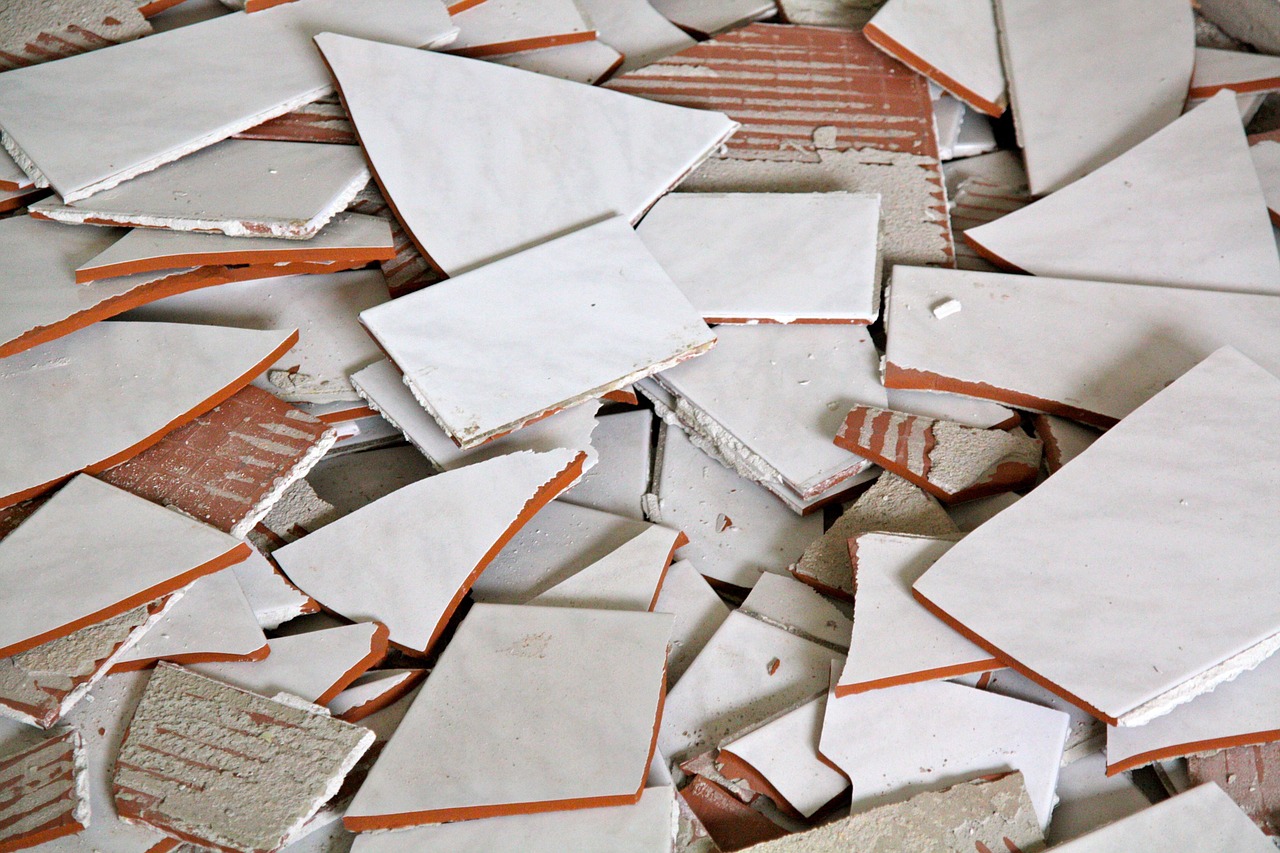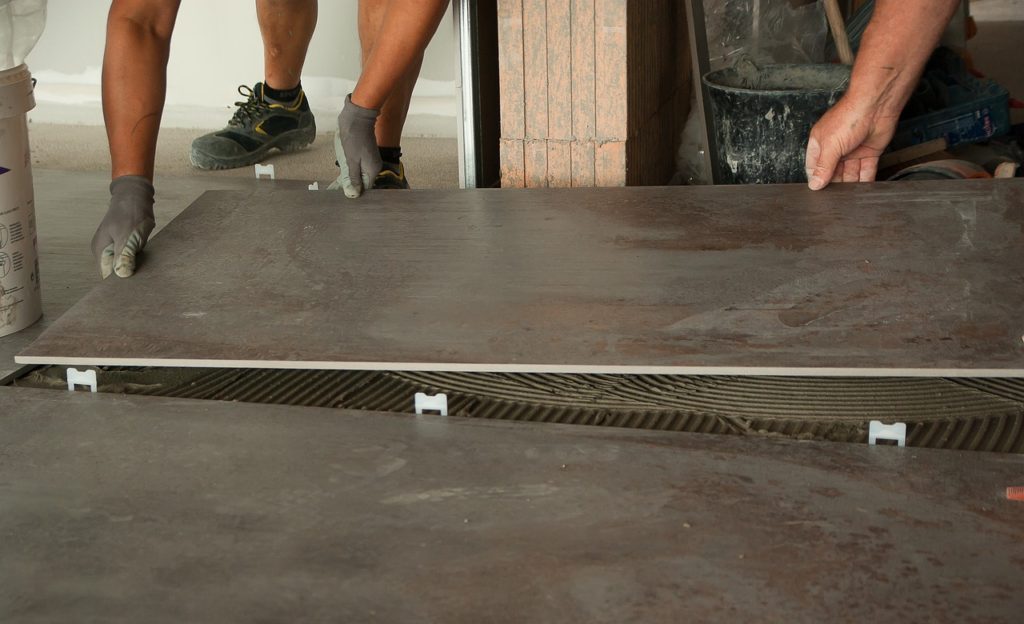
There can be a lot of new terms that come up when purchasing or planning to install tile in your home. So we’ve compiled a quick list of some of the most commonly used tile terms along with their definitions to help you on your way. Let’s get started!
Back Buttering: This refers to evenly spreading adhesive on the back of the tile with a trowel before setting. Doing so provides a stronger bond with the setting bed and is a must for sheet-mounted tiles like mosaics and tiles that have an uneven back.
Backer Board: A setting surface for tile that is made from cement and sand. It is commonly used on backsplashes, floors, and counters and has fiberglass mesh on both sides.
Backsplash: The wall space above the countertop, sink, or stove area. This space needs to be protected from heat and water damage and that is why tile is the preferred material used.
Bull Nose Trim Tiles: These are trim tiles that have a single smooth and rounded edge. You’ll most likely see them on countertops and corners.
Butt Joint: A joint formed by tiles that are abutting each other without using spacers.
Caulk: A flexible and waterproof sealant that is used to seal areas where tile meets another material such as with expansion joints. They are also commonly used to seal the areas around plumbing and faucets.
Ceramic Tile: The most widely used and available type of tile around the world, ceramic tile is made from clay which has been fired at high temperatures and often glazed.
Coefficient of Friction: A measurement of slip resistance for tile. The higher the rating is, the more resistant the tile is to slips. The lower the rating the less grip it has and more slippery it is.
Decorative Tile: Sometimes referred to as art tiles, these are handmade or hand-finished and come in an endless array of patterns, motifs, and images. Many homeowners use them as accents for larger installations but they are just as home on a backsplash as well.
Efflorescence: A white salt deposit found on the surface of tile grout and mortar, caused by the evaporation of salt-bearing water used during the installation process such as when mixing the grout.
Expansion Joint: A type of joint that uses flexible caulk instead of grout. This allows for movement preventing cracking of the tile which is very important in areas where tile meets another material such as a wall.
Field Tile: The tile that is used in the main “field,” or area of the project in contrast to accent tiles.
Floor Tile: Tile which is designed to be durable enough for use on the floor. Normally it is thicker and heavier than wall tile however floor tile can be used on the wall too.
Glaze: A protective and decorative coating that is fired onto the tile in a kiln.
Grout: A cement-based powder that is mixed with water and used to fill in the joints between tiles. Tile grout may also contain sand and this type is ideal for larger joints.
Listello: These are decorative border tiles often with a raised design. They are particularly sought after when made from natural stone.
Marble Tiles: Natural stone tiles cut from marble that are known for their elegant looks, unique veining, and natural patterns.
Mastic: A type of glue used to adhere tile to surfaces. It is best for smaller tiles and those used on the wall, not the floor.
Metal Tile: Often used on walls and backsplashes, metal tiles are made from stainless steel, aluminum, copper, brass, and iron.
Mirror Tiles: Glass tiles that have a reflective surface just like that of a mirror and which are used on the wall.
Mosaic Tiles: Tile that is two inches square in size or smaller and normally attached to a mesh backing. Mosaic tiles usually can be used on the wall or floor and some homeowners use them to create pictures or patterns.
Natural Stone Tile: Tile made from genuine stone which ordinarily means marble, granite, slate, limestone, travertine, or sandstone.
Non-Vitreous: A term used to describe tile that is fired at a low temperature for a short period of time and that is highly porous and water absorbent.
PEI Rating: The Porcelain Enamel Institute’s rating of how durable a tile is. Using it can help you to determine where and how a tile can be installed. The scale starts at one and ends with five being the toughest materials.
Penny Tile: Circular-shaped tiles that are similar in size to a penny, often also called penny rounds.
Porcelain Tile: Similar to ceramic tile however it is fired at higher temperatures and for a longer period of time. It also is more durable and absorbs less water which makes it not only a great choice for walls and floors but many times outdoor as well.
Rubber Tiles: A group of floor tiles made from recycled rubber or foam that are known for their forgiving and soft surface. There are options specifically made for small children, patios, garages, and playgrounds.
Rubbing Stone: A stone used for smoothing the sharp edges of tiles particularly after they have been cut.
Sealer: A barrier applied to vitreous and semi-vitreous tiles that protect against water and staining.
Semi-Vitreous: A term used to describe tile that has been fired at about the same temperature as non-vitreous tile however for a longer period of time, to produce a material that has a medium amount of absorption.
Snap Tile Cutter: A device used to cut small amounts of tile by first scoring and then snapping them.
Subfloor: The base for a finished floor, typically made from plywood and attached to the floor joists.
Subway Tile: Rectangular-shaped tile that originally was used in the underground subway train system.
Tile Nippers: A plier-like tool with carbide-tipped jaws that is used to bite small chunks out of tile.
Tile Spacers: These are small pieces of plastic that are inserted in-between tiles during the installation process to make sure the spacing is even.
Trim Tiles: Tile used to finish off the main area of the installation, also sometimes called border tiles.
Trowel: A hand tool used for applying thinset to wall or floor surfaces.
Vitreous: A term used to describe tile that is fired at very high temperatures for a long period of time and therefore only absorbs a very small percentage of water. For this reason, they are often used as outdoor tiles.
Wall Tiles: Tiles made specifically for use on the wall. They are lighter and thinner than those used on the floor and therefore should only be used on the wall.
Waterproofing Membrane: A waterproof covering that comes in sheets or can be brushed on, which protects the subfloor from water damage.
Wet Tile Saw: A power tool used to cut ceramic, porcelain, glass, and natural stone tile. These use water to keep the friction and dust to a minimum.
With this quick list of tile terms, you’ll be able to understand the basics without having to do any research of your own. However, many of these topics are covered in more depth on our site if you’d like to learn more.
What Causes Tile To Crack?
While tile can be incredibly strong, it’s not unbreakable. So what causes tile to crack? There are actually quite a few different causes, and here are the most common. Hard Impacts One of the most frequent causes of broken tile on floors and countertops is when...
What To Use To Cut Tile
Buy on Amazon Most tile projects will require cutting of some type. There are a few different tools to help you get the job done quickly and easily. So if you’re wondering what to use to cut tile, here are your options. Tile Nippers One of the most basic tools for...
What To Do With Old Tile
Buy on Wayfair It’s very common to end up with excess tile after a project is finished. That’s because when purchasing, it’s standard procedure to buy more than you need. This helps to make up for any tiles which are broken during shipping or installation. Therefore...
What To Do With Extra Tile
Buy on Wayfair It’s always very important to purchase more tile than you need for your project. This ensures that you’ll have enough to compensate for any broken tiles or any cutting that needs to be done. However once everything is installed, what to do with extra...
The Advantages Of Interlocking Deck Tiles
Buy on Amazon Unlike what you may have heard, not all tile types require skill, time, or even a place of your own to install them. Deck tiles are a consumer-friendly choice that comes in a highly convenient interlocking format. Here are the top advantages of...
Deck Tiles: Pros And Cons
Buy on Amazon Deck tiles are a long-time flooring favorite, and for many reasons. But before you make the decision to purchase them you’ll want to know not just their advantages but also their drawbacks. So here’s our list of deck tiles pros and cons to help you. Deck...
What Are Deck Tiles?
Buy on Wayfair Luckily nowadays you don’t have to actually install a costly new deck in order to be able to enjoy the look and feel of one. Deck tiles are a budget-friendly alternative that provide a deck-like flooring surface with many benefits. So what are deck...
Don’t Start Your Flooring Project Without Completing These Critical Tasks First
By starting off on the right foot you can help to make sure your flooring project goes smoothly. So here are a handful of simple things you’ll want to make sure you do before you begin to help to ensure your success. Calculate Your Square Footage Before you do...
Easy Ideas For Using Linear Bathroom Tiles
Buy on Wayfair Nowadays there are more tile options than ever. So when it comes time to choose something for your bathroom it can take a while. However, if you want a look that’s different and makes a big impact, linear bathroom tiles might be the right fit. Linear...
4 Simple Shortcuts For Using Linear Kitchen Tiles
Buy on Wayfair Are you thinking about installing linear kitchen tiles? If you are, you’ll want to know these four shortcuts first. Not only are they simple but they’ll be sure to help you meet your goals while enhancing the look of your kitchen space. Linear tiles are...
Getting Started With Tile Stencils
Buy on Amazon You don’t have to spend money replacing your tiles to get the look of a new tile installation. In fact, you don’t even have to have any tiles at all. With some time and a few supplies, tile stencils can give your floors, walls, or more a much-needed...
Interlocking Tiles A DIY Dream Come True
Buy on Amazon Installing tiles on your own doesn't have to be hard, in fact, it can be quite easy. Interlocking tiles are made so that anyone can enjoy doing some DIY, and get big results with little effort. There are many types to choose from so you'll want to...
When Is Hiring A Pro The Way To Way Go Instead Of DIY?
Doing DIY can be fun and truly rewarding. It can also be a great way to save cash. But it isn’t always the right option; sometimes using the services of a pro can be a smarter choice. And here are some of the situations when you will want to consider employing one....
Don’t Make These DIY Tile Mistakes
There are many mistakes you can make when working with tile. A few of them however are made much more than others. Luckily these can be easily avoided and therefore save you some time and effort. Caulk And Grout Have Different Jobs One of the most common of all...
Add Extra Color To Your Tile Installation With These DIY Tools
Buy on Amazon There are quite a few different ways to add that extra touch of color to your tile project. This could be to make an old installation look new or make sure a new installation looks fantastic from the start. Here are the top tools you can use to get the...
The Top 4 Simple Tile Tricks For Huge Results
Sometimes in life, the little things can make a big difference. And when it comes to tile, this is true too. There are some small tricks you can use for huge results and even savings as well. Here are four of the simplest that happen to work incredibly well. Materials...
5 Tile Types For Creating Specific Styles
Buy on Wayfair Finding tile that works with the style of your space doesn’t have to be hard. In fact, there are a handful of tile types that are famous for their ability to add a specific style or feel. So here are five to help get you started. Sleek And Modern When...
Simple Tile Tricks To Keep Dust Out Of Sight
Buy on Wayfair Dusty floors can take away from the look of your home. While we aren’t encouraging you not to clean them of course, there are a few tricks you can use to cheat a little. Try using one or more of the following ideas to keep your tiles looking cleaner...
Porcelain Vs Ceramic Tile
Buy on Wayfair When it comes to choosing a material for their project many people get stuck on whether they should use ceramic or porcelain tiles. Both materials offer different things. So here’s what you’ll want to know about each before you make a decision. What’s...
The Most Common Tile Problems
There are quite a few different problems you can run into when you have a tile installation in your home. A handful of them are much more common than others. So here are some of the ones you are the most likely to experience if you have any problems at all. Chipped...
